Engage users with intelligent chatbots and virtual assistants. Automate customer support, sales, and interactions 24/7.
ChatGPT
3,280 upvotes
36 Free Options
Start without paying
500+ Tools
Growing daily
Our community's top-rated conversational ai solutions with 4,857 combined upvotes from real users
ChatGPT is an advanced conversational AI assistant developed by OpenAI, powered primarily by the GPT-5 family of models as of 2025. It supports natural, multimodal interactions via text, voice, and images, and is available on web and mobile. Key features include real-time web search, voice conversations, deep research with citations, workflow automation, collaborative canvases, file and image analysis, memory management, custom instructions, app integration, and support for plugins and external tools. ChatGPT is designed to assist a broad range of users—from individuals to teams and enterprises—with information, creativity, productivity, and communication tasks across various domains.
Key Features
Gemini is Google's family of advanced multimodal AI models and assistant, delivering conversational, reasoning, research, and creative capabilities across text, images, audio, video, and code, and integrated throughout Google’s apps and services for both consumers and enterprises as a proactive, agentic AI assistant.
Key Features
Perplexity is an AI-powered answer engine that delivers real-time, source-cited responses by combining advanced language models with live web search. It features Deep Research for comprehensive reports, Copilot for guided exploration, specialized focus modes (e.g. Academic, News, YouTube), multimodal content processing (text, documents, file uploads), collaborative Spaces for project organization, and is accessible via web and apps. Both free and premium subscription plans support individuals and enterprises.
Key Features
Want a detailed comparison?
Compare all features, pricing, and reviews side-by-side

Your AI assistant for conversation, research, and productivity—now with apps and advanced voice features.

Your everyday Google AI assistant for creativity, research, and productivity

Accurate answers, powered by AI.

Open-weight, efficient AI models for advanced reasoning and research.

AI workflow automation for technical teams

Your cosmic AI guide for real-time discovery and creation
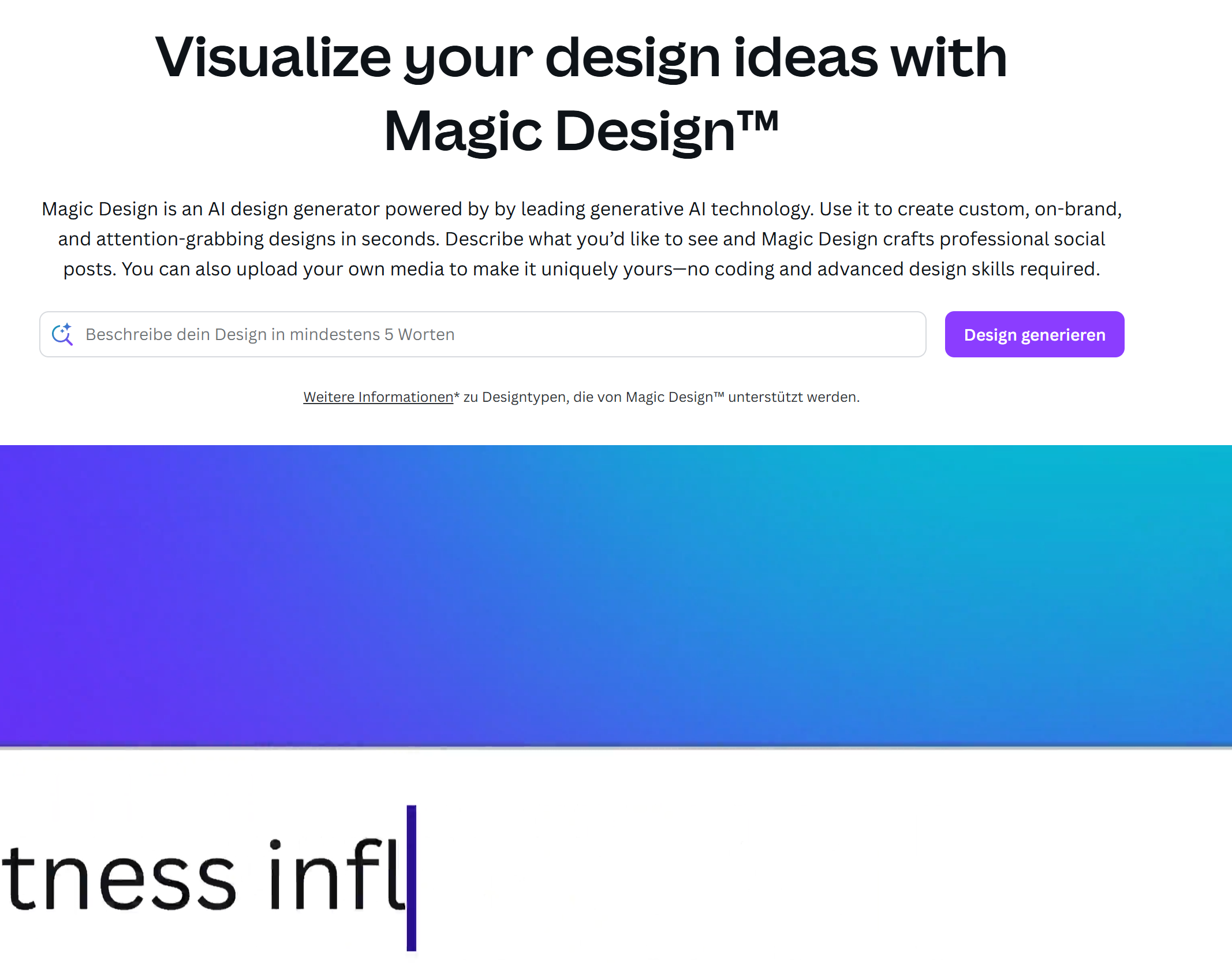
All the power of Canva’s AI, all in one place.

All-in-one AI assistant for seamless teamwork, smarter workflows, and integrated productivity.
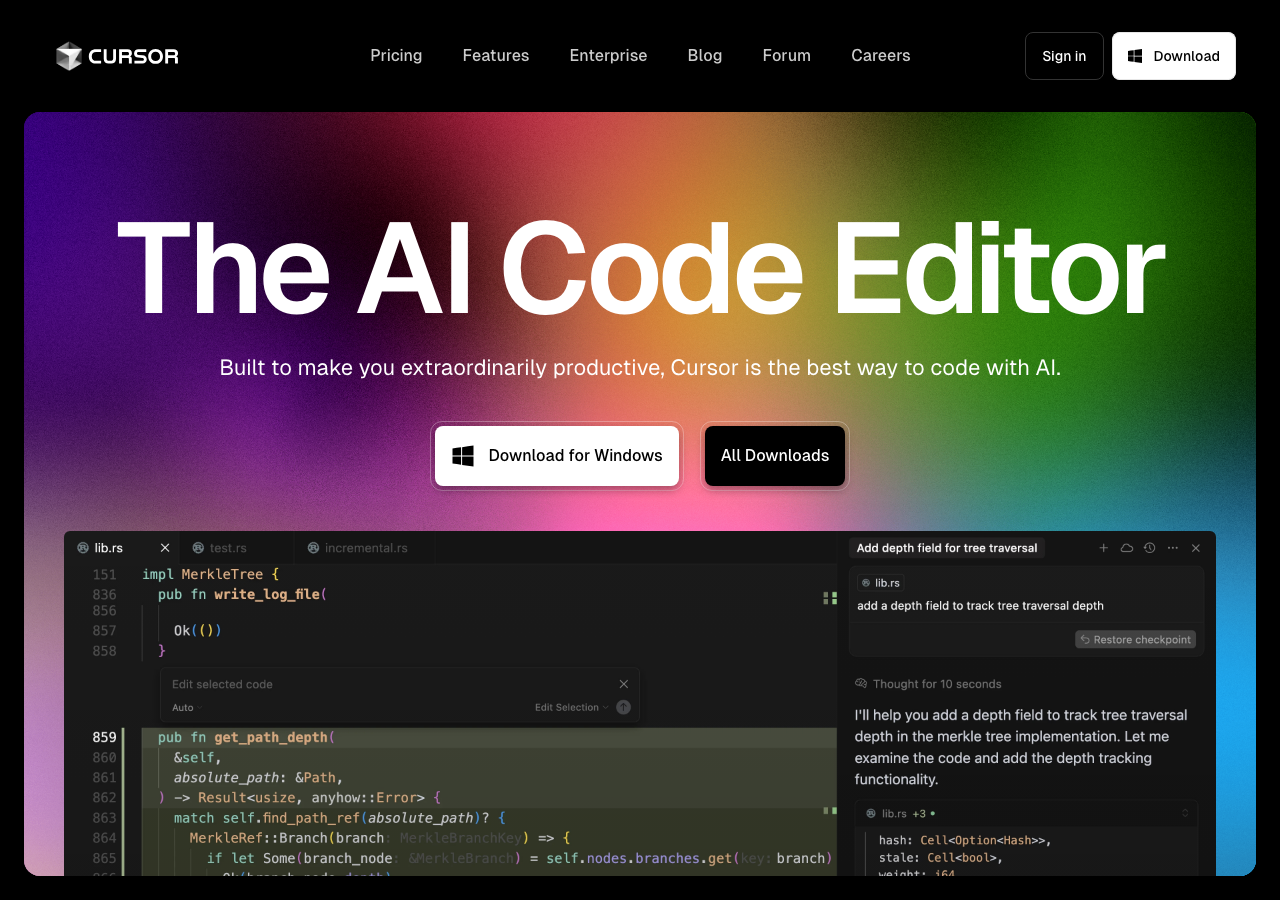
The AI code editor that knows your codebase

Build, automate, and scale AI-powered business solutions with the #1 enterprise platform.
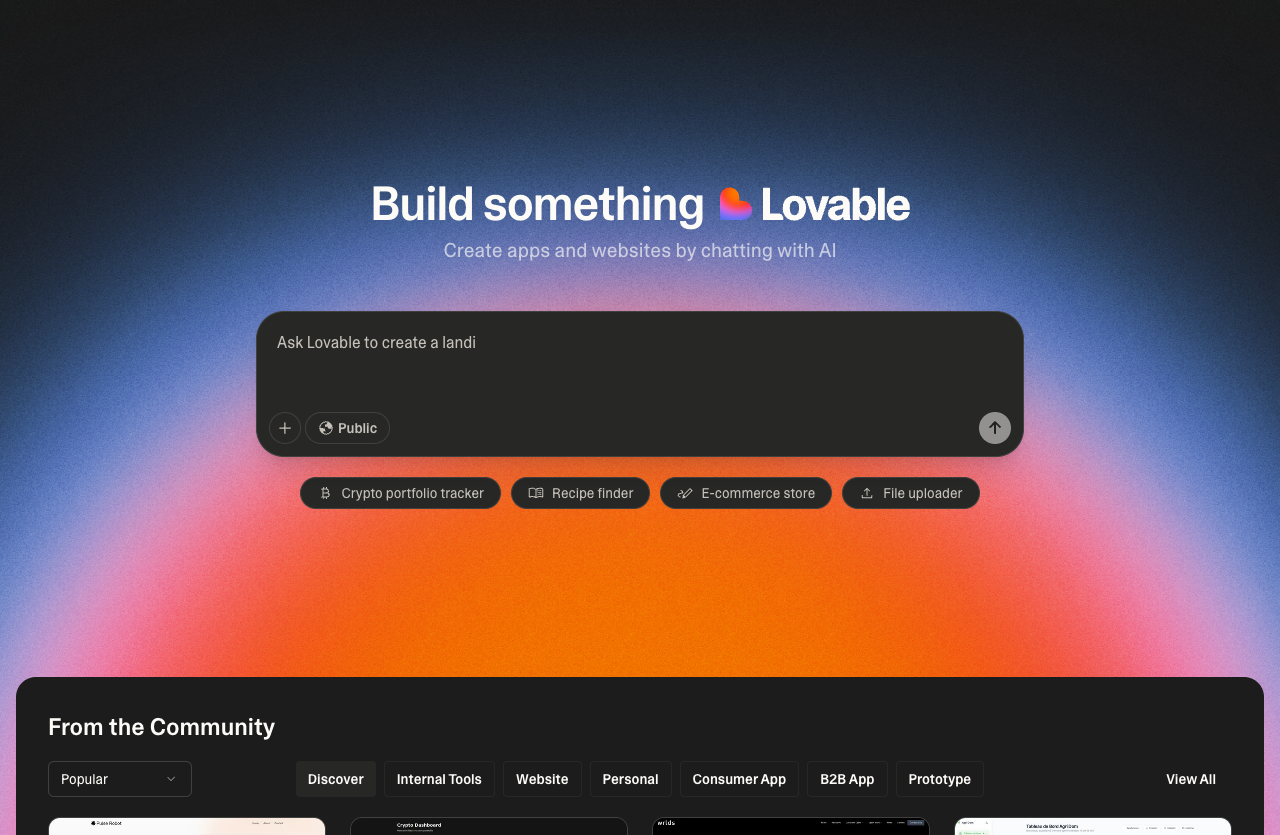
Build powerful AI-powered apps—no code required.

Unified AI and cloud for every enterprise: models, agents, infrastructure, and scale.

Chat, create, and manage AI characters—powerful automation, privacy, and control for everyone.

Your trusted AI collaborator for coding, research, productivity, and enterprise challenges
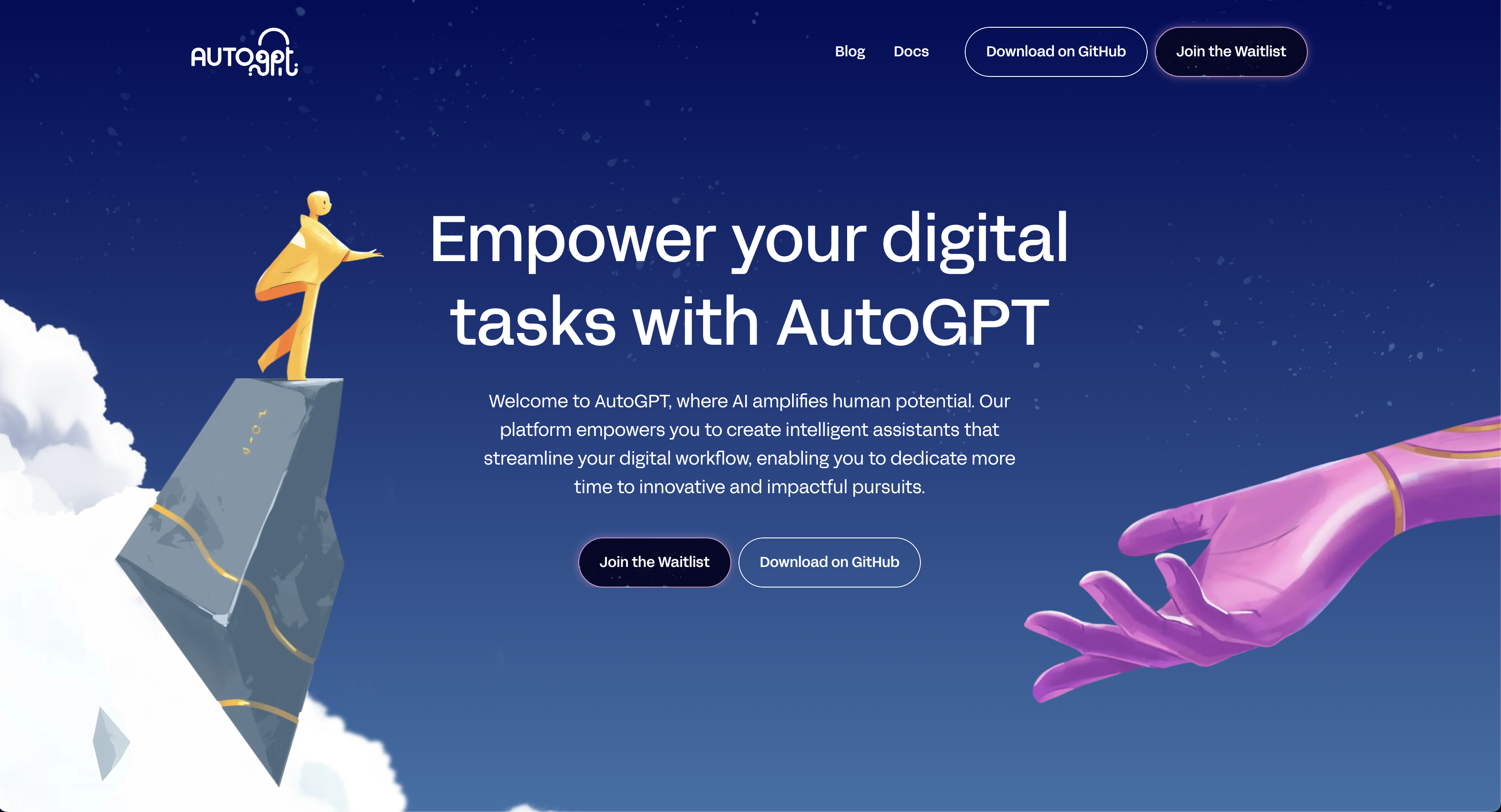
Continuous automation with autonomous AI agents—integrate, deploy, and manage intelligent workflows seamlessly.

Start building with Gemini: the fastest way to experiment and create with Google's latest AI models.

Democratizing good machine learning, one commit at a time.

The #1 AI CRM—powering sustainable customer success

Playful, Unfiltered AI for Bold Conversations
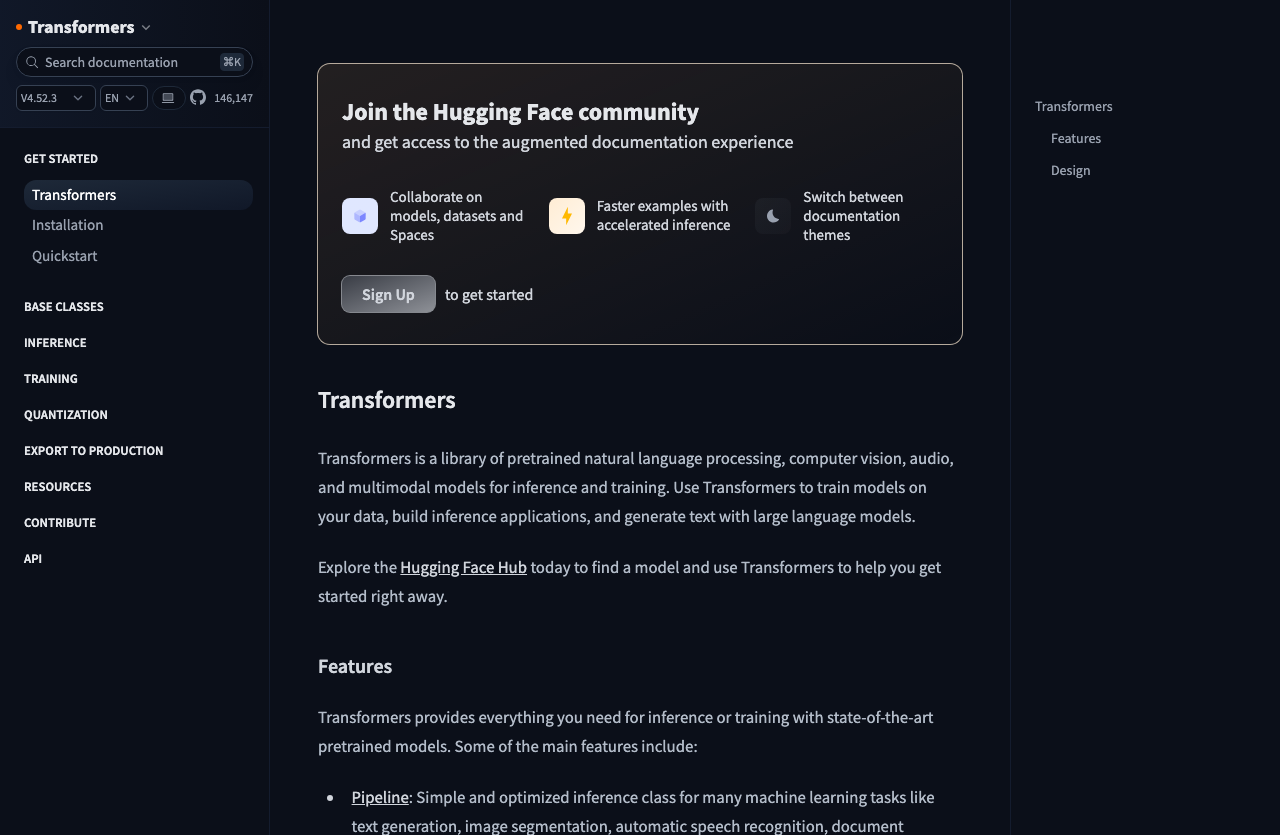
Models for text, vision, audio, and beyond—state-of-the-art AI for everyone.
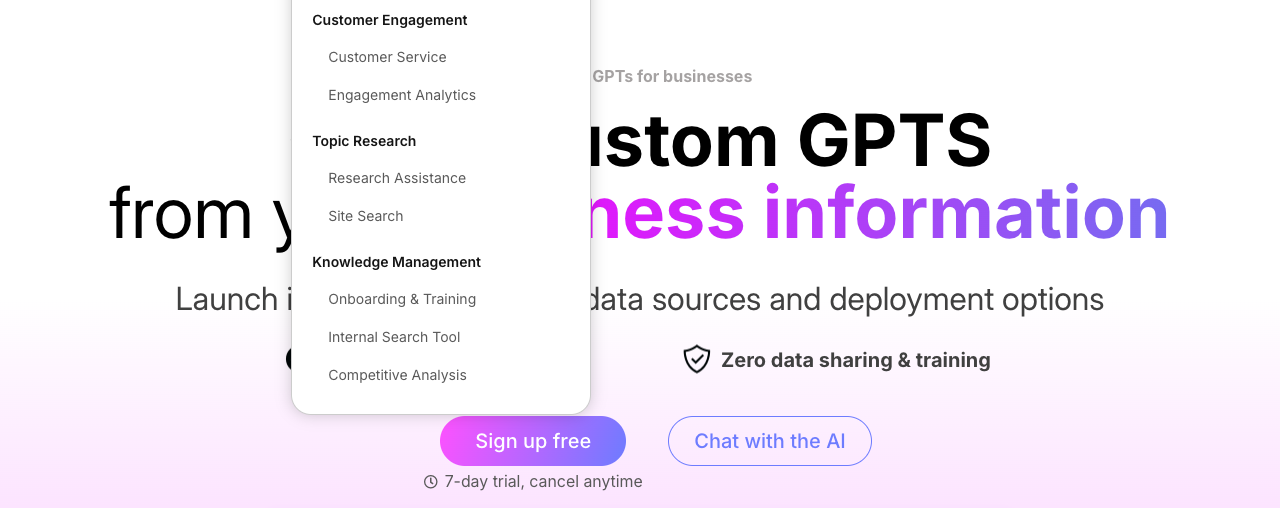
Unlock limitless creativity with AI

Your ultimate AI girlfriend experience

Your everyday AI companion for work and life

Make content universally accessible in any language and any voice.
Scroll down to explore more conversational ai tools
Conversational AI tools enable natural, intelligent interactions between humans and machines through chatbots, virtual assistants, and conversational interfaces. With 500 conversational AI tools available, you can build chatbots for customer support, create virtual assistants, develop conversational interfaces for applications, and automate routine interactions. These tools leverage large language models and natural language processing to understand context, maintain conversation flow, and provide helpful responses across diverse use cases.
Conversational AI tools transform customer service, user engagement, and automation by enabling 24/7 intelligent interactions without human intervention. They excel at handling routine inquiries, qualifying leads, providing information, and guiding users through processes. These tools are ideal for businesses seeking to scale customer support, improve response times, and reduce operational costs while maintaining quality interactions. Modern conversational AI can understand context, remember conversation history, and handle complex multi-turn dialogues, making interactions feel natural and helpful.
Common use cases include customer support chatbots for websites and messaging platforms, lead qualification and sales assistance, FAQ handling and information retrieval, conversational interfaces for applications, virtual assistants for scheduling and task management, and automated onboarding and user guidance. These tools are particularly valuable when you need to scale support, provide instant responses, or automate repetitive interactions.
Compared to traditional chatbots with rule-based responses, conversational AI offers natural language understanding and context awareness. Unlike voice assistants, conversational AI typically focuses on text-based interactions but can integrate with voice systems. Compared to human support agents, AI chatbots provide 24/7 availability and instant responses but may struggle with highly complex or emotional situations. For most businesses, conversational AI provides the best balance of automation, quality, and cost-effectiveness, especially when combined with human escalation paths.
Related Categories:
Begin by identifying your primary use cases—customer support, lead qualification, or information retrieval. Define conversation flows and common scenarios. Choose tools that offer easy integration with your platforms (website, messaging apps, CRM systems). Start with a focused set of capabilities and expand based on user feedback. Test conversation quality and refine responses. Consider tools that offer analytics to understand user interactions. Many tools provide templates and pre-built integrations to accelerate deployment.
Tools in Conversational AI help you accelerate workflows, improve quality, and unlock new use cases. They make sense when the time saved or quality gains outweigh the cost and learning curve, and when they integrate cleanly with your existing stack and governance requirements.
Use a pragmatic checklist: (1) Must-have features vs nice-to-haves; (2) Total cost at your usage (seats, limits, overages); (3) Integration coverage and API quality; (4) Privacy & compliance (GDPR/DSA, retention, residency); (5) Reliability and SLA; (6) Admin, SSO, and audit; (7) Support and roadmap. Our neutral 1:1 comparisons help weigh these trade-offs.
Yes—many vendors offer free tiers or trials. Check usage limits (credits, throughput), export/API access, watermarks, and rate limits. Validate that the free tier reflects your real workload, and plan upgrade paths to avoid hidden costs or lock-in.
Normalize plans to your usage. Model seats, limits, overages, required add-ons, data retention, and support tiers. Include hidden costs like implementation, training, migration, and potential vendor lock-in. Prefer transparent metering over opaque credits if predictability matters.
Run a structured pilot on a real workflow. Measure quality and latency; verify integrations and API limits; review security (data flow, PII handling), compliance, and data residency; confirm SLA, support response, and roadmap commitments.
Common use cases for conversational ai tools include Customer support chatbots, Lead qualification and sales assistance, FAQ handling and information retrieval, and more. These tools excel when you need common use cases include customer support chatbots for websites and messaging platforms, lead qualification and sales assistance, faq handling and information retrieval, conversational interfaces for applications, virtual assistants for scheduling and task management, and automated onboarding and user guidance. Evaluate tools based on your specific workflow requirements and integration needs.
Compared to traditional chatbots with rule-based responses, conversational AI offers natural language understanding and context awareness. Unlike voice assistants, conversational AI typically focuses ...
Ready to dive deeper into conversational ai? This collection of 500 AI tools is just the beginning. Compare top conversational ai AI tools side-by-side using our comparison tool to evaluate features, pricing, and integrations. Discover free and paid options in our pricing directory, including free AI tools and freemium plans that let you test before committing. Filter by platform compatibility if you need specific deployment options.
For hands-on guidance, check out our AI Fundamentals course to understand core concepts, or explore Prompt Engineering techniques to get better results from conversational ai AI tools. Stay current with the latest developments in our AI News section, where we cover new releases, feature updates, and industry trends affecting conversational ai workflows.
Looking for tools tailored to your profession? Browse our audience-specific directories to find conversational ai AI tools optimized for developers, content creators, marketers, and other professional roles. Or explore the Top 100 AI Tools collection to see which conversational ai solutions are trending in the community.